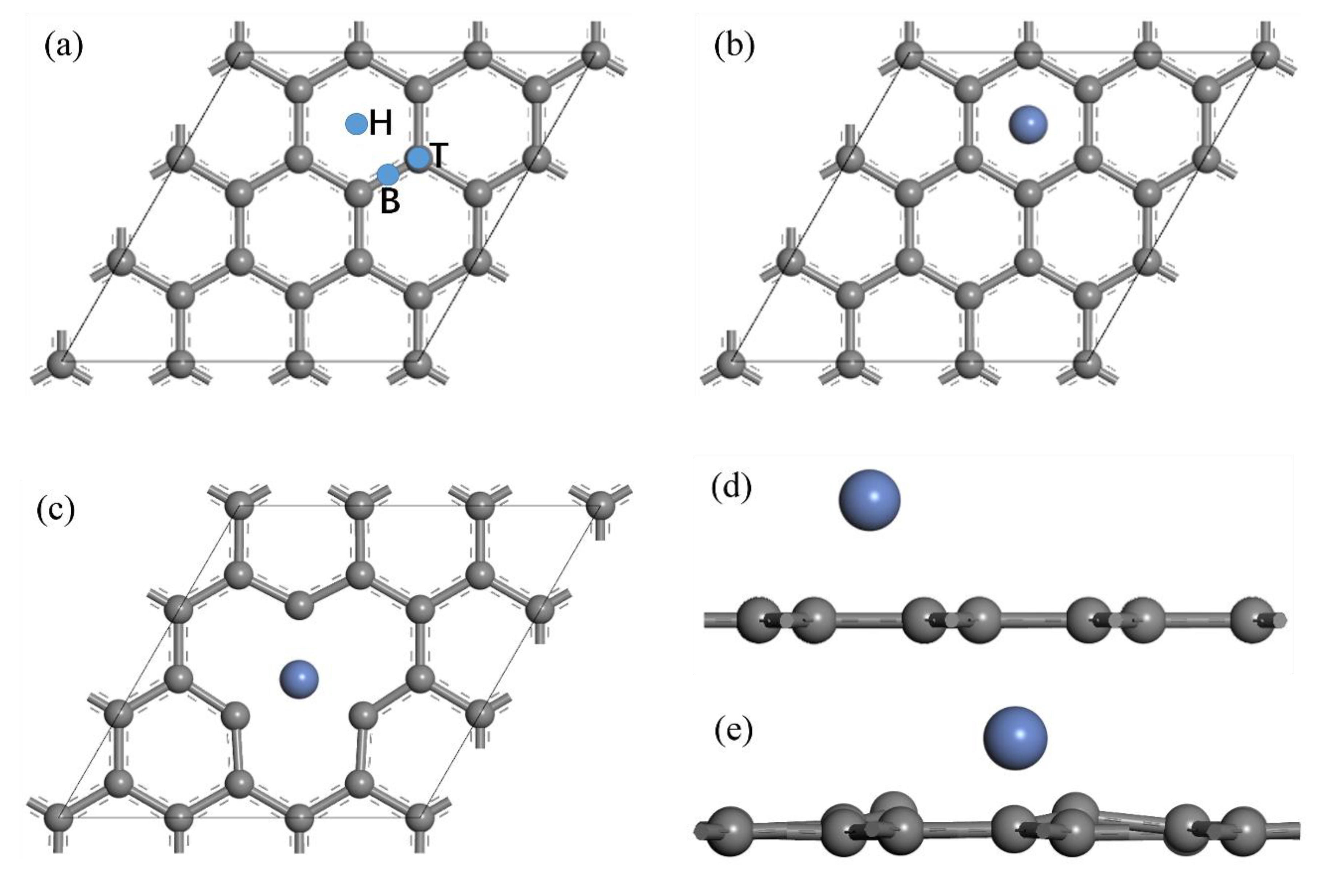

It is easier to transfer the mercury to a smaller 250 ml beaker, and then pour back into the bottle using a funnel. You may find it especially difficult to pour mercury from the 1000 ml beaker back into the bottle. Because of its density you may find 100 ml of mercury difficult to handle. Mercury should be stored in a plastic bottle and transferred to and from the beaker over a wooden or plastic tray that could contain any spills. A mercury spillage kit should also be available. The preparation and use of mercury and mercury compounds must be done in an enclosed fume cupboard in a well ventilated room. Mercury is toxic by inhalation and there is a danger of cumulative effects. Safety goggles and protective gloves must be worn. You must use pure aluminium, I find freshly cut sheets work best.

Hydroxide formation continues until either the aluminium is used up or until all of the mercury in the amalgam is lost in the compounds produced.

The reaction produces hydroxide 1 which forms as white feather-like growths, and leaves the mercury behind to amalgamate with the fresh aluminium surface below. When amalgamated, the aluminium at the surface of the sheets is exposed to moisture in the air and reacts vigorously:Īl(s) + 3H 2O(l) → Al(OH3)(s) + 3⁄ 2 H 2(g) With the oxide layer removed, the mercury can form an amalgam with the aluminium. When the reaction has finished, turn on the extractor fan before removing the cling film and opening the fume cupboard window. Start the data logger and leave for an hour, or as long as possible until the reaction stops, to record the exothermic nature of the reaction. To ensure no mercury compounds escape into the classroom and there is as little air movement as possible in the fume cupboard, seal the gap between the fume cupboard window and its frame with cling film and turn off the extractor fan. Clamp the sheets so that they sandwich the probe once secure close the fume cupboard window. Remove the aluminium sheets from the mercury and position these either side of a temperature probe clamped in a horizontal position and connected to a data logger set to record temperature as a function of time. The aluminium will float so use the tongs to submerge the sheets for ca 30 s. Using tongs, remove the aluminium sheets from the acid bath and transfer them to the beaker of mercury. To remove the oxide layer from the metal, put the aluminium sheets in a beaker containing 2 M hydrochloric acid for about a minute - bubbles of hydrogen should be seen as the reaction takes place. This demonstration must be done in an enclosed fume cupboard.


 0 kommentar(er)
0 kommentar(er)
